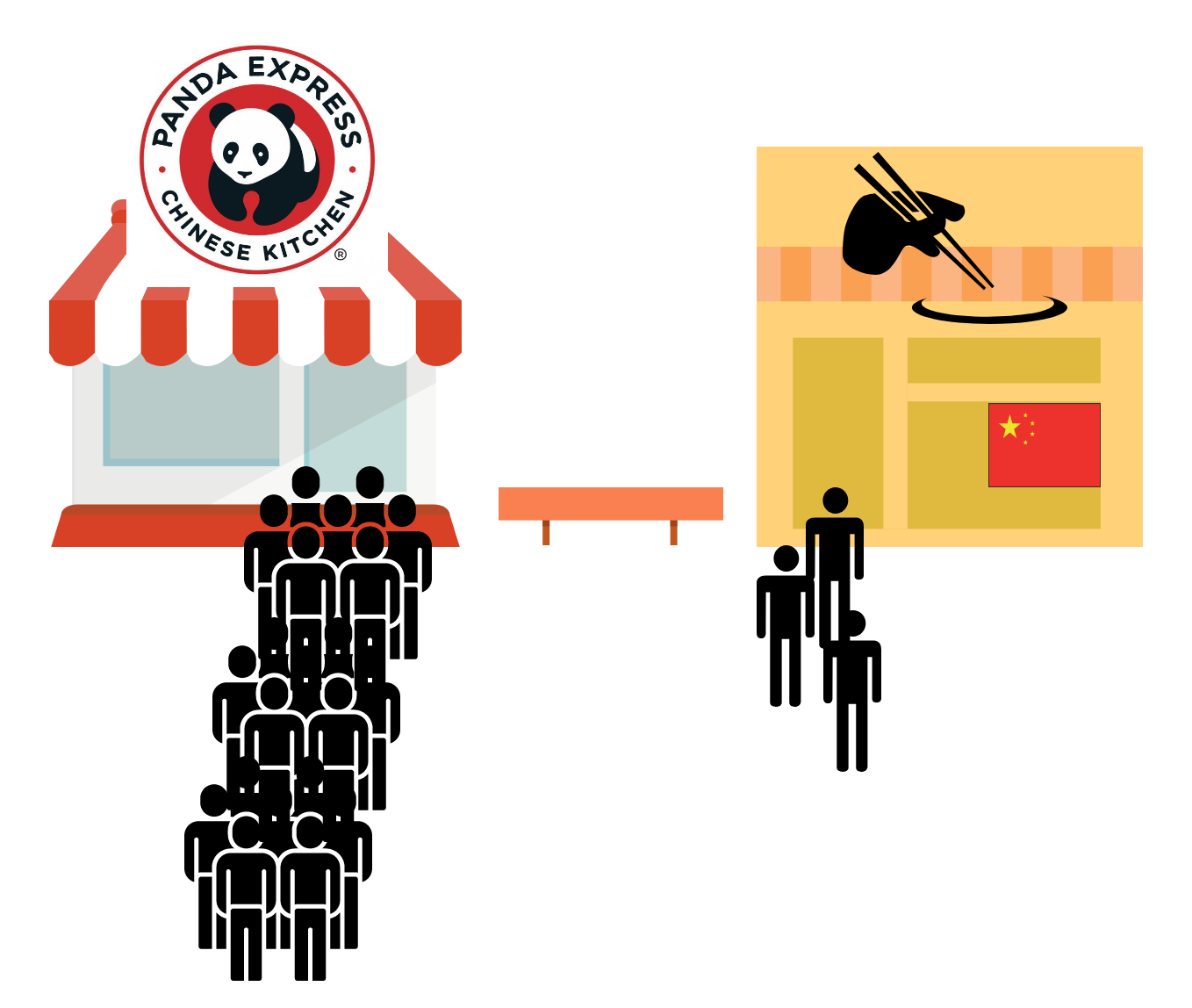Don’t Touch my Lunch!
“Asian-inspired” trends perpetuate lunchbox bullying.

“Ew, what are you eating?”
When growing up in the USA, many Asian Americans face this ignorant question.
Whether you’re Thai, Korean, Chinese, Vietnamese, Indian, or any other ethnicity from the Asian continent, you can count on someone leaning over your shoulder to question the “disgusting” thing you are eating.
As someone from a half-Japanese household, I’ve had my fair share of incidents when it came to lunchbox bullying.
Immigrant families have to go to extremes in order to fit into American society, so it’s heartbreaking when the very things they’re made fun of becomes trendy.
Oftentimes, the same kids who find your food gross are the ones who jump for joy when their parents pack Pocky Sticks or orange chicken in their lunch.
Cultural appropriation is defined as “the unacknowledged or inappropriate adoption of the customs, practices, ideas, etc. of one people or society by members of another and typically more dominant people or society,” by Oxford Languages.
It’s sadly true that, in a predominantly white country, most Asian cultures residing in America have had their cuisines turned into something more “comfortable” for the majority to enjoy.
In the professional cooking scene, famous “Asian” recipes are often created, and applauded, by white chefs.
One example would be Lucky Lee’s in New York.
This restaurant was created by a white woman named Arielle Haspel and named after her Jewish-American husband, Lee.
Haspel claimed her take on Chinese take-out would be “more ‘clean’ and less ‘oily,’ ‘salty,’ and ‘icky’ than anything else available,” according to Eater New York.
Although Haspel’s restaurant shut down after eight months of backlash for its clear appropriation of Chinese food, the insult towards Asian culture due to her feeding into horrible stereotypes perpetuated the idea that Asian food is dirty and unhealthy.
“Asian-inspired” recipes are especially offensive because there a total ofw 48 diverse countries in Asia that deserve to be individually respected.
You would be lying if you said that the rich spices of an Indian curry is anything like the kimchi fried rice in Korea, or tempura and udon from Japan.
Rather than carelessly grouping these cultures together we should be uplifting authentic cuisine across America rather than substantiating stereotypes that make Asian food taboo.